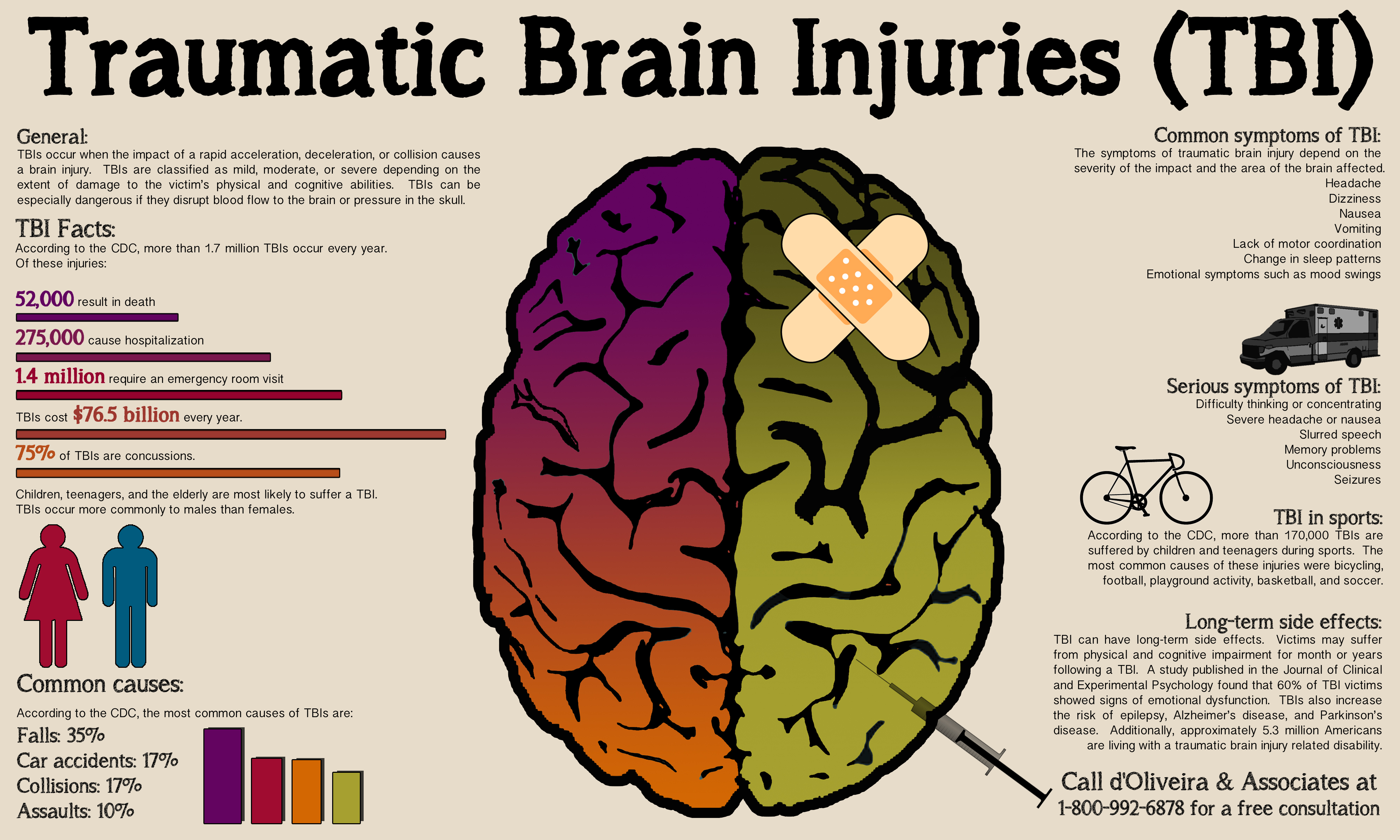

Therapy usually begins in the hospital and can continue in a number of places, including rehabilitation hospitals, skilled nursing facilities, homes, schools, and outpatient programs. Depending on the injury, these treatments may be needed only briefly after the injury, occasionally throughout a person’s life, or on an ongoing basis. Rehabilitation can include several different kinds of therapy for physical, emotional, and cognitive difficulties and for a variety of activities, such as daily self-care, driving, and interacting with others. Therapies can help people with TBI recover functions, relearn skills, and find new ways to do things that take their new health status into account. In some cases, making a hole in the skull or adding a shunt or drain is needed to relieve pressure inside the skull and allow excess fluid to drain. A TBI patient’s ICP is monitored during emergency care. Increased pressure from swelling, blood, and other things in the skull damage the brain. Relieving pressure inside the skull (called intracranial pressure or ICP).Setting severe skull fractures or removing pieces of skull or other debris from the brain area can help start the healing process of the skull and surrounding tissues. These areas of clotted or pooling blood put pressure on the brain and can damage brain tissues. Bleeding in the brain or between the brain and skull can lead to large areas of clotted blood, sometimes called hematomas. Sometimes surgery is needed as part of emergency care to reduce damage to the brain. 3 Once the patient is stable, other types of care for TBI can begin. Emergency care generally focuses on stabilizing and keeping the patient alive, including making sure the brain gets enough oxygen, controlling blood and brain pressure, and preventing further injury to the head or neck.


 0 kommentar(er)
0 kommentar(er)
